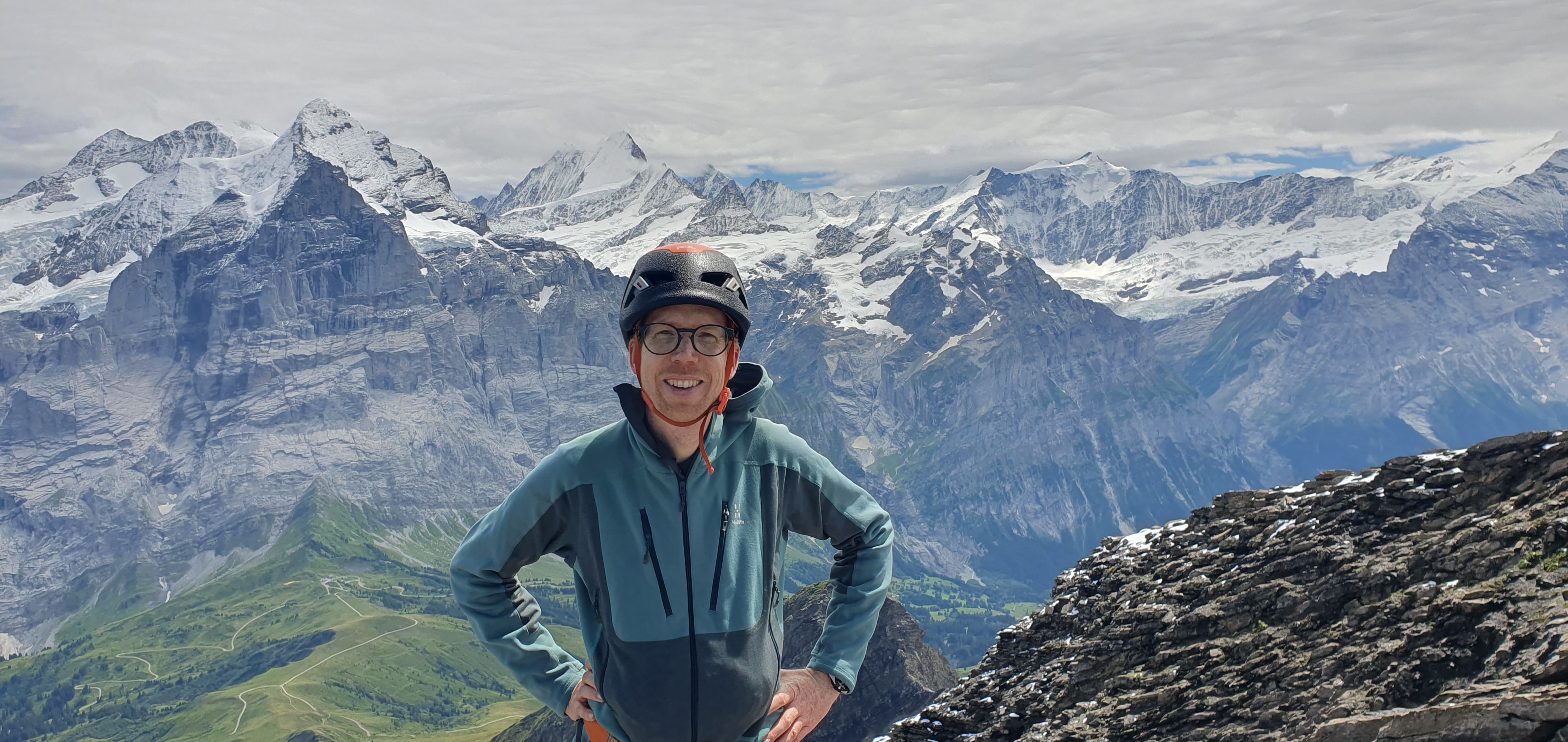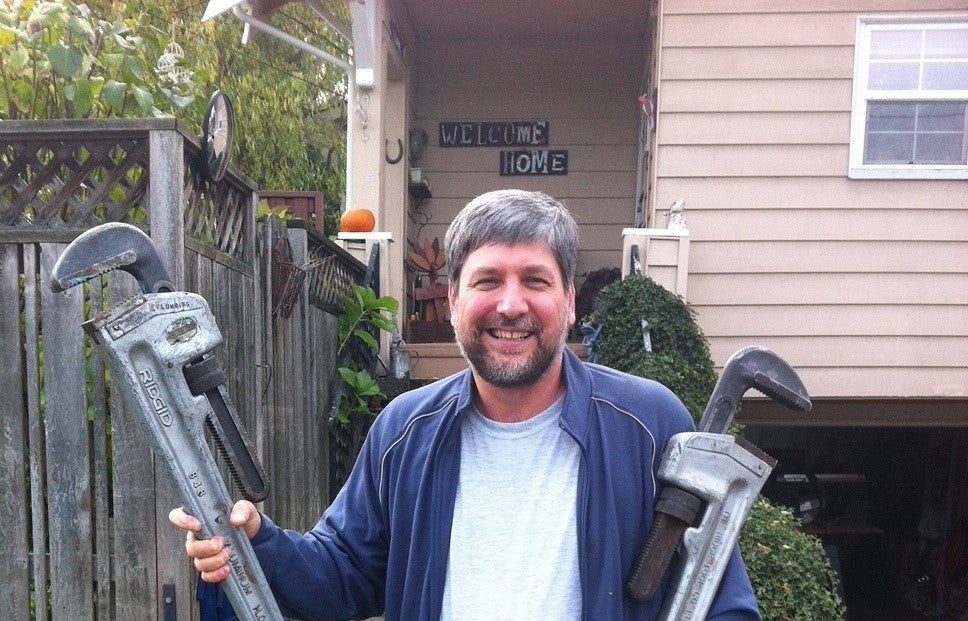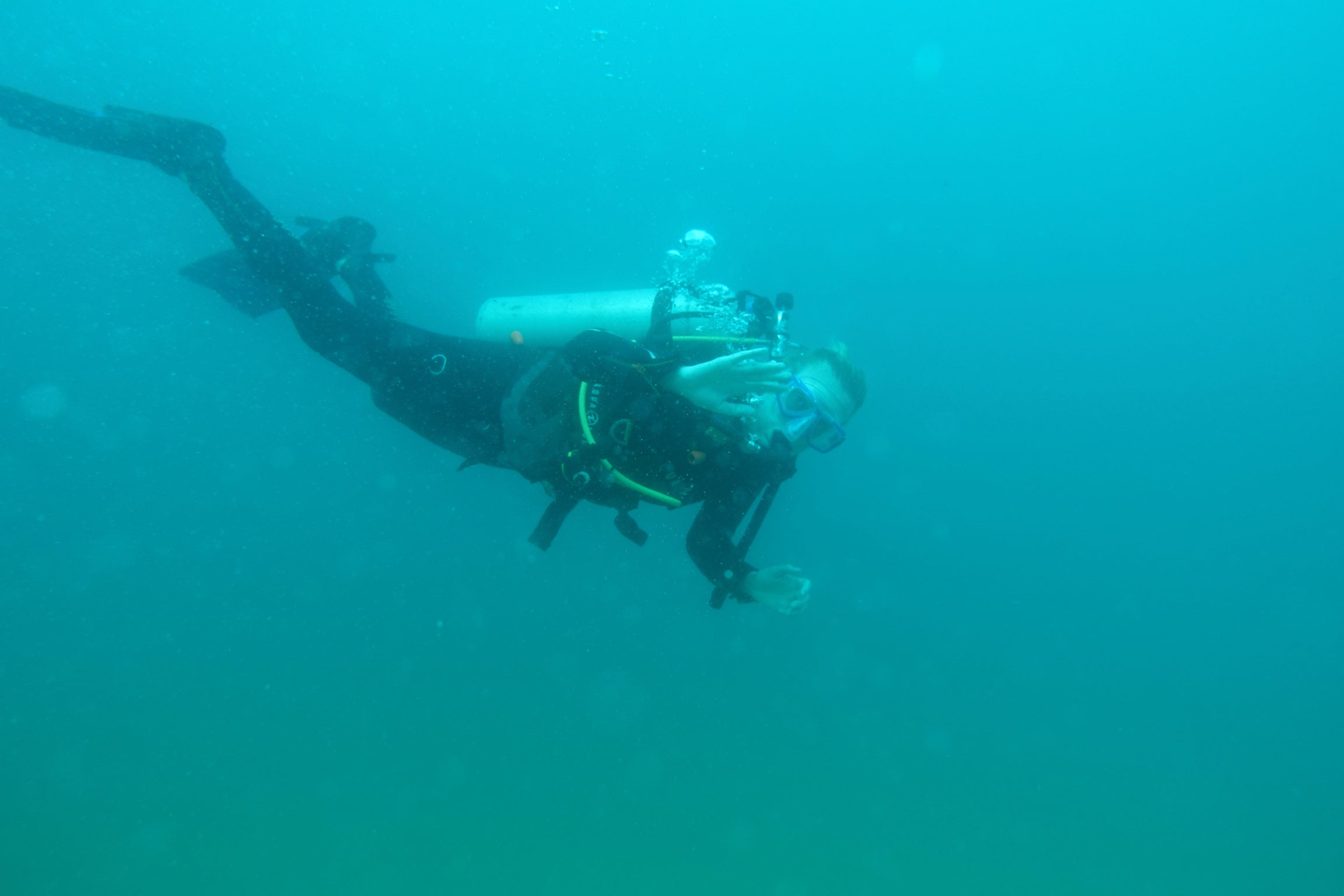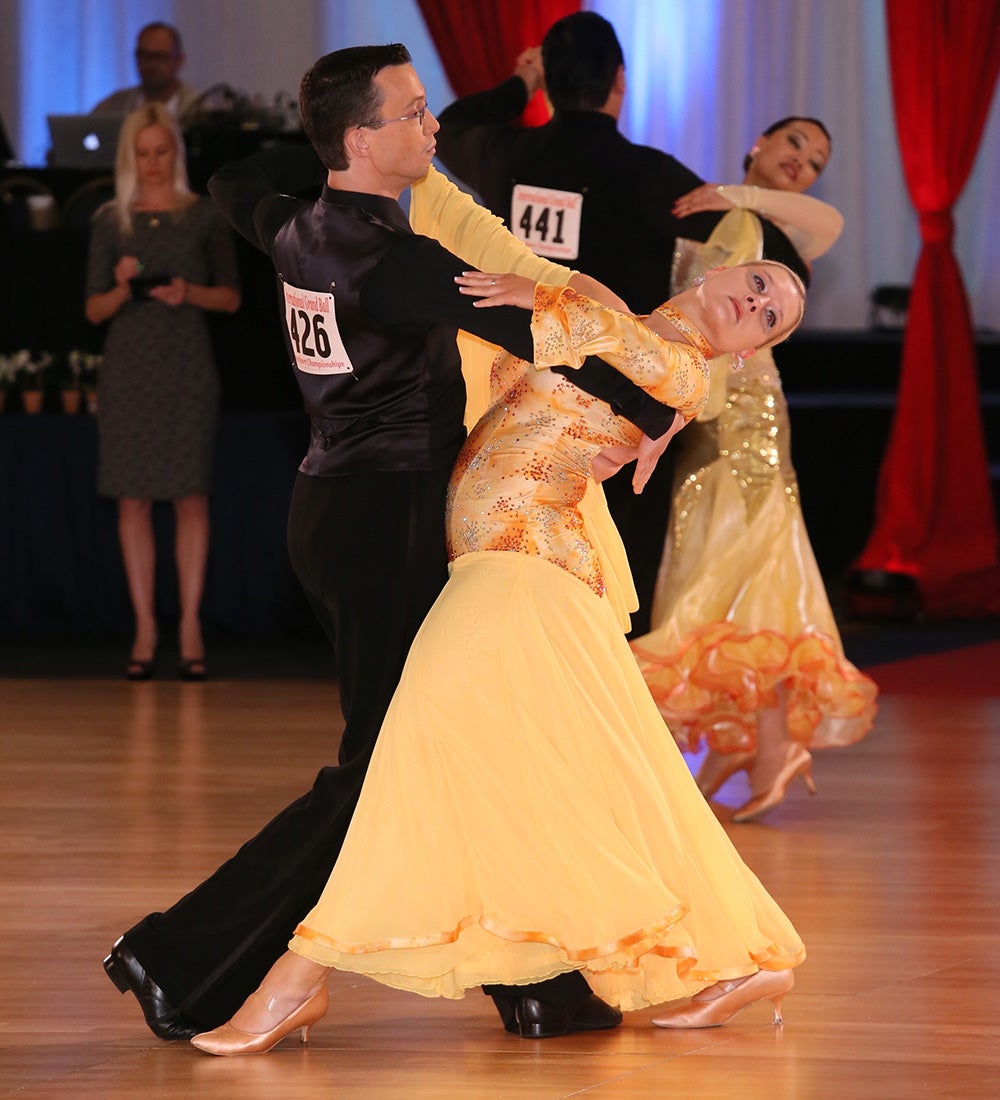
Dom Guinard
Vice President, Innovation
Dom Guinard is a technologist, entrepreneur, and researcher with about 20 years of hands-on experience in building the Internet of Things, with a particular focus on tagging technologies. He co-chairs the C2PA watermarking task force and the GS1 Digital Link work group. He also actively contributes to the Digital Product Passport and EPCIS 2.0 standards. Dom is VP of Innovation at Digimarc and co-founder & CTO of EVRYTHNG (acquired by Digimarc in 2022).
Q: How does your role as VP of Innovation contribute to the overall goals and strategies of the company?
A: My role is all about discovering technological trends and opportunities. It’s about taking the risk to explore these opportunities within an environment that does not require the entire company to pivot for every idea. It’s as much about filtering out which innovations would not genuinely help our business as it is about incubating ideas that have the potential to disrupt our markets and preparing them to be built into our products.
 Q: One of Digimarc’s core values is “curious”, how does this relate to your innovation work?
Q: One of Digimarc’s core values is “curious”, how does this relate to your innovation work?
A: Innovators clearly must be curious and want to experiment with all kinds of technologies and systems. The art is to understand when and how to bring ideas to scale.
Q: What’s something you have done outside of your professional career that your work in innovation has helped you to accomplish?
A: My work in innovation has fueled my passion for mountaineering, and vice versa. Innovation, just like climbing remote mountains, is all about stepping into the unknown and taking measured risks to access wonderful places!

John Stach
Senior Director, Research & Development
“Innovation is about creating an object or approach that opens a new path around existing or future obstacles.”
Q: Why is the role of research and development so critical for successful technology companies?
A: Unforeseen obstacles will always be a challenge for a successful company, so exploring multiple technical paths are necessary to have sufficiently diverse solutions to be able to meet those challenges.

Q: What is one project or work challenge you have taken on, and how did you approach/overcome it?
A: A recent innovation was my use of signal-editing to estimate the robustness of a digital watermark. Typically, a distortion like noise would be added to an image to measure watermark robustness. We found that we could estimate and modify the watermark signal in an image to measure robustness with no other distortions. The advantage of this method was that it was not dependent on the nature or choice of distortions, which made it more suitable as a generic robustness measurement. Often, an innovation comes about when a question is asked in a different way. The key innovation in this case required asking whether robustness could only be measured through image distortions. A more basic examination of what we mean by robustness showed that distortions were not the only way, and in this case, distortions were not the best way.
Q: What’s the best advice you’ve received?
A: Always shoot for the moon and consider the best possible outcome of an idea before rejecting it for pragmatic reasons. Sometimes a more thorough exploration of a new idea can provide nonobvious paths around obstacles.

Kristyn Falkenstern
Senior Manager, Research & Development
“Innovation is an original or improved idea which dramatically impacts or enables an outcome.”
Q: You have a unique background in color science. Please describe what this is and how it relates to your role?
A: Color science, a field dedicated to the study of color perception, generation, and reproduction, plays a prominent role in my daily work at Digimarc. To advance our technology, we aim to minimize the visual impact of our technology on human observers while maximizing contrast with a target device, such as a smartphone. The application of color science, coupled with an understanding of the human visual system, is crucial in solving these optimization challenges.
 Q: What does a typical day for you look like?
Q: What does a typical day for you look like?
A: My role is fairly dynamic and changes depending on the nature of the projects we are working on. Sometimes I will spend my day very hands-on with a project that requires visual work, and other times I am collaborating with peers cross-departmentally or with external partners to address color and device optimization. Whenever I get the opportunity, I really enjoy independent and collaborative experimental work as well.
Q: Has your passion for color science shown up in areas of your life outside of your professional work? If so, how?
A: Yes! Recently, I had the opportunity to view some impressionist paintings, and while these artists may not have been aware of it at the time, they were intuitively applying principles of color science in their work – considerations of color perception, complementary colors, and perspective. It’s wonderful to be able to view art and design through a color science lens.

Ravi Sharma
Vice President, Research & Development
Ravi Sharma is the Vice President of Research and Development at Digimarc, where he leads the company’s technology strategy and research initiatives. His work focuses on advancing Digimarc’s digital watermarking technology and harnessing its cloud-based platform to drive innovations in multiple application areas including, product digitization, the circular economy, and generative AI. Since joining Digimarc in 1998, Dr. Sharma has played a pivotal role in shaping the company’s R&D efforts. Prior to Digimarc, he contributed to video technology research at Intel, sensor fusion research for NASA, and software development at Digital Equipment Corporation. Dr. Sharma holds a Ph.D. in Electrical Engineering from the Oregon Graduate Institute (now part of Oregon Health & Science University).
Q: There are few people in the world who are as knowledgeable about digital watermarks as you are. How does your understanding of watermarking inform the work you do at Digimarc?
A: My work typically focuses on broadening the deployment of our technology, improving our existing technology or offerings, and creating new technology and offerings based on advancements in related fields. Knowledge of watermarking, understanding our specific techniques and solutions, and their strengths and limitations, provides me with perspectives that help steer strategy and direct our focus in light of new opportunities.
Q: What innovations do you admire?
A: Those that stand taller than others, in my view, are ones which appear obvious in hindsight and ones which we cannot fathom how we get by without.
Q: What advice would you give to someone just starting out in a research and development role?
A: Bring your curiosity in large abundance and a willingness to challenge the status quo. Strive to combine this curiosity with boundless imagination. Bearing in mind that patience is a virtue, don’t hesitate to iterate, and fail, often.

Tomas Filler
Senior Manager, Research & Development
“Innovation is tackling seemingly impossible problems to create positive global change.”
Q: What drew you to a career in research and development, and what is your favorite part about your current role?
A: In 2006, my passion for math and innovation guided me to SUNY Binghamton, where I delved into the realm of steganography (data hiding), kickstarting my career in research and development (R&D). Despite the passing years, my excitement about this field persists. Presently, my greatest joy is sharing my enthusiasm with a dynamic team of R&D engineers I have the pleasure of leading to tackle seemingly impossible problems together.
 Q: One of Digimarc’s core values is “courageous”, how does this relate to your research and development work?
Q: One of Digimarc’s core values is “courageous”, how does this relate to your research and development work?
A: I see “courageousness” as the advancement of our collective R&D knowledge, especially in an era where AI enables us to achieve learning speeds much faster than just a few years ago. It involves encouraging others in collective learning while supporting them in exploring alternative solutions to existing problems, with the goal of amplifying the best ideas for effective delivery.
Q: What do you consider your greatest professional accomplishment?
A: Leading an R&D team to drive innovation and achieve global impact through diverse customer solutions at various scales, from localized to extensive deployments, stands as a significant professional accomplishment. This achievement involves pioneering cutting-edge technologies, orchestrating seamless collaborations, and implementing solutions that impact millions worldwide.
Digimarc Published Papers
Digimarc employees have been at the forefront of exciting research and exploration in fields such as watermarking optimization, human visual systems, deepfakes, and the Internet of Things (IoT). We encourage you to check out our full catalog of academic and research papers.


